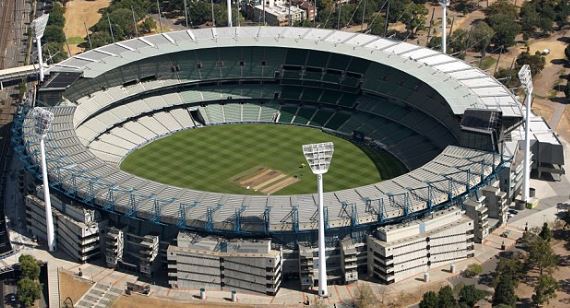
This tweet is not only a reminder to customers-pay attention to the relevant protection regulations for the Heritage Area when applying for approval, but also a popularization of knowledge for all developers and people involved in construction activities. This article will talk about what is the Heritage Area It will also explain its importance in two cases.
The roar of the crowd at the stadium. Busy watching New Year’s fireworks on the public square. Fascinated by the band at the bar. Meeting partners outside the train station. These experiences are reminiscent of places that are important to each of us.
As Wanjia who has lived in Melbourne for many years, Wanjia thought of MCG, Federation Square, Flinders Station and TownHall. In Sydney, you might think of the Opera House, Central Station, Enmore Theatre and Homebush Stadium.
Each of the above places has outstanding social value. This is why state heritage laws and local planning programs can protect places of community importance. However, for example, of the more than 2,300 items on the Victorian Heritage Register, about 10% of the items have social value. That is to say, the protection and development of architectural heritage is not perfect enough and needs to be developed urgently.
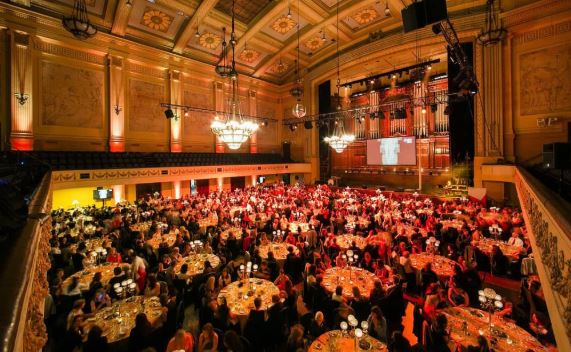
necessity
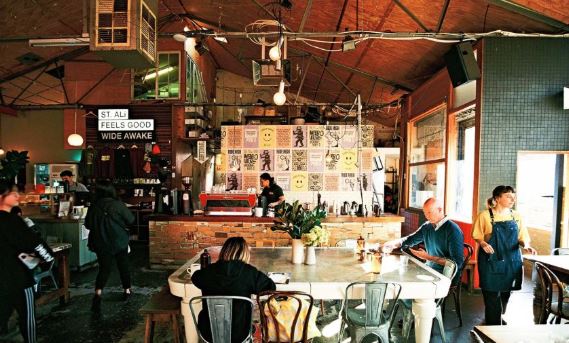
Because of the scarcity of data, the precious meeting place (the nearby bar is a good example) may be demolished.
Due to the recent restrictions on public gatherings, socially significant urban heritage sites are more attractive than ever. Just as we are apart from each other, we are also separated from these places. Their temporary absence in our lives and the sense of community and comfortable memories we interact with will only increase their cultural significance.
However, compared to the evolving social and cultural relationship between people and architecture, heritage usually prioritizes the historical and aesthetic integrity of old fabrics, buildings and structures. The lack of a participatory method for involving the public in heritage decision-making is another issue of how the authorities and the private sector manage the cultural value of historical monuments.

Two iconic cases
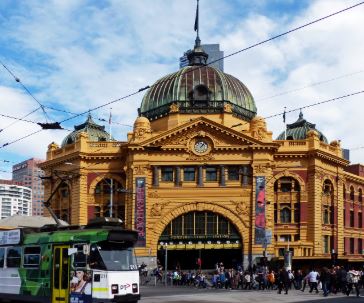
For more than a century, the authorities have usually protected monumental buildings and places that reflect the obvious progress of the Australian nation, such as public buildings and memorial halls.
Since the 1970s, social, scientific, and spiritual cultural values have been added to heritage practice. However, as I explored in my research, traditional aesthetics and historical values have privileges in protection. Other important cultural values are not considered equally important.
The National Trust wants to keep the train station. But its Architectural Committee regarded it as an “architectural monster” because its Baroque style of the Edwardian era was not popular. After a long discussion, the National Trust believes that the station is
Landmarks and clocks have become the main focus of Melbourne city life! Partly inseparable from the social structure of Melbourne and Victoria. That’s right, it’s Flinders Station, so Flinders Station is protected because of its lasting importance to Melbourne. It was only later that its architecture was recognized.
Despite its social value, when the station was repainted in original colors in 2017, there was little public participation in this decision. Research on people’s views on historical monuments shows that they prefer obsolescence and dilapidation than traditional protective works, and traditional protective works make the monuments brand new: ancient bronzes have value. Public participation may make different protection decisions based on Melburnians’ preferred colors and textures.
Another landmark case involves MCG. The authorities rejected the comprehensive heritage list of the stadium when the Great Southern Grandstand was developed in the 1980s because the list may have prevented reconstruction.
However, the name of MCG was reconsidered before the 2006 Commonwealth Games. Then, it reached the revised threshold and could be fully included in the national list. The importance of creating heritage is “matches and public places rather than buildings”. In order to maintain the cultural importance of MCG in the future life of Melburnians, it is necessary to maintain flexibility in the stands. With the support of club members and heritage management agencies, the 1928 member pavilion made way for the new northern grandstand.
So how long will such value persist? , The answer is always.
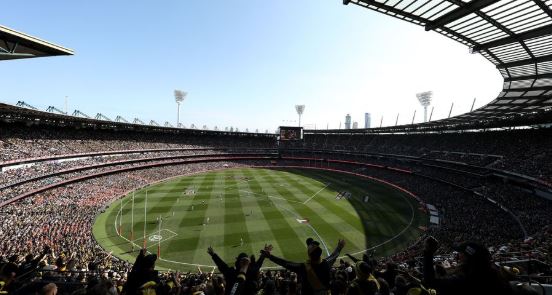
Past, present and future social values
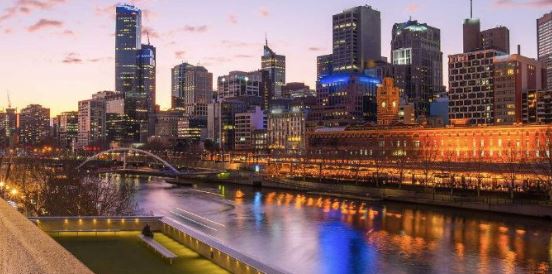
At MCG, social value is predicted as the future and thus has flexibility in the reconstruction process.
At Flinders Station, people believe that social values have evolved in the past. Recent radio work shows that even if public places are included in the heritage list, their management often does not include participatory methods.
The neighborhood bar, which is rapidly rebuilding, is another public place at risk that has significant social value. The bar is important for people because people can live here for a long time, not just buildings, exterior walls and interior decoration.
Even if this happens, you may miss the opportunity to use the historical elements of the demolished building. The participatory and social approach of heritage has potential potential and cannot guide the design and use of the public domain in the future.
An important step in putting people at the center of the heritage will be to authorize and fund multiple participation methods in state and local heritage governance. It is also important to include community participation in the private sector’s heritage practice. Only by striving to protect the broader cultural values of historical monuments more comprehensively can the heritage achieve cultural management of the people.
Due to the promotion of the urbanization process, the general layout of the commercial centers of countries in various regions is becoming more and more similar, but the preservation of regional characteristics is also a part that must be paid attention to in the development. It is not only the responsibility of planners, but also various industries, especially real estate. When developing the construction industry, we must consider the issue of following the system.

